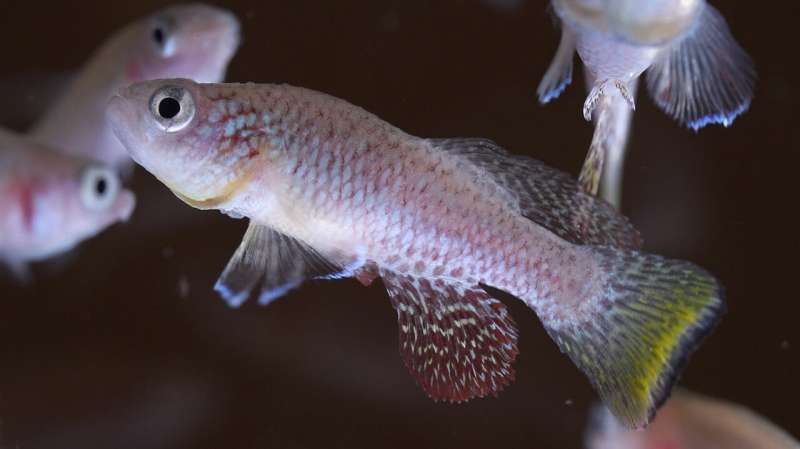Researchers at the Stowers Institute have made a groundbreaking discovery about how killifish can regenerate their fins after injury. This finding could pave the way for advancements in regenerative medicine for humans.

Timing is everything
The researchers found that the duration of regenerative-response time, albeit unrelated to injury type, is key in controlling regeneration.
The team studied how the West African killifish can fully regenerate their tail fins. They showed that besides the factors determining (how many cells are at risk and where) the time of cellular response is key as well.
Immediately after being hurt, other tissues must determine how much harm has been done. That data is then used to mobilize the right number of repair cells for just the amount of time necessary. The rapid calculations and overall process that stockpile damage coordinates with cell recruitment at the correct time all occur instantaneously when regeneration is done successfully.
The Extracellular Matrix is The Answer
They also found that the extracellular matrix supporting the structure surrounding cells is essential for the regeneration process.
To this end, the researchers turned to the CRISPR-Cas9 gene-editing technique; in their hands, it would be used as a scalpel that guided a genetic laser beam against a gene responsible for modifying the extracellular matrix. When they disrupted this gene, the animals were no longer able to discern accurately how much of their tissue had been lost.
In other words, it appears that the extracellular matrix changes induced by the unique cellular states serve to signal back to the tissue what was lost and how quickly it must regenerate. A possible way to achieve this is by modulating these cell states and the extracellular matrix.
Conclusion
The results from this killifish regeneration study provide important new information about the underlying biology of tissue repair and regrowth. Appreciation of critical timeframe(s), ECM as an initiator, and orchestrator of obligatory cascades will hopefully provide a roadmap to target this approach to regeneration in human therapies. The analysis of species with highly regenerative capacity as a new paradigm has great potential to reveal principles applicable to tissue repair in mammals and, therefore, could offer new avenues for regenerating damaged or lost tissues.
